Microchip MIC5203 Bedienungsanleitung
Microchip
Nicht kategorisiert
MIC5203
Lies die bedienungsanleitung für Microchip MIC5203 (20 Seiten) kostenlos online; sie gehört zur Kategorie Nicht kategorisiert. Dieses Handbuch wurde von 20 Personen als hilfreich bewertet und erhielt im Schnitt 3.8 Sterne aus 10.5 Bewertungen. Hast du eine Frage zu Microchip MIC5203 oder möchtest du andere Nutzer dieses Produkts befragen? Stelle eine Frage
Seite 1/20

2021 Microchip Technology Inc. and its subsidiaries DS20006609A-page 1
MIC5203
Features
• Tiny 4- and 5-Lead Surface-Mount Packages
• Wide Selection of Output Voltages
• Guaranteed 80 mA Output
• Low Quiescent Current
• Low Dropout Voltage
• Low Temperature Coefficient
• Current and Thermal Limiting
• Reversed Input Polarity Protection
• Zero Off-Mode Current
• Logic-Controlled Shutdown
• Stability with Low-ESR Ceramic Capacitors
Applications
• Cellular Telephones
• Laptop, Notebook, and Palmtop Computers
• Battery-Powered Equipment
• Barcode Scanners
• SMPS Post-Regulator and DC/DC Modules
• High-Efficiency Linear Power Supplies
General Description
The MIC5203 is a µCap 80 mA linear voltage regulator
with very low dropout voltage (typically 20 mV at light
loads and 300 mV at 80 mA) and very low ground
current (225 µA at 20 mA output), offering better than
3% initial accuracy with a logic-compatible enable
input.
The µCap regulator design is optimized to work with
low- value, low-cost ceramic capacitors. The outputs
typically require only 0.47 µF of output capacitance for
stability.
Designed especially for hand-held, battery-powered
devices, the MIC5203 can be controlled by a CMOS or
TTL compatible logic signal. When disabled, power
consumption drops nearly to zero. If on-off control is not
required, the enable pin may be tied to the input for 3-
terminal operation. The ground current of the MIC5203
increases only slightly in dropout, further prolonging
battery life. Key MIC5203 features include current
limiting, overtemperature shutdown, and protection
against reversed battery.
The MIC5203 is available in 2.8V, 3.0V, 3.3V, 3.6V,
3.8V, 4.0V, 4.5V, 4.75V, and 5.0V fixed voltages. Other
voltages are available.
Package Types
MIC5203
4-Lead SOT-143 (M4)
GN D
O U TIN
E N
L A x x
Part
Identification
12
3 4
MIC5203
5-Lead SOT-23 (M5)
IN
O U T
N C
E N
L K x x
13
4 5
2
GN D
µCap 80 mA LDO Regulator

MIC5203
DS20006609A-page 2 2021 Microchip Technology Inc. and its subsidiaries
Typical Application Circuits
MIC5203
4-Lead SOT-143
MIC5203
5-Lead SOT-23
1 5
2
3 4
0.47μF
V
OUT
Enable
Shutdown
Enable
Shutdown
L A x x
VOUT
0.47μF
2 1
3 4

2021 Microchip Technology Inc. and its subsidiaries DS20006609A-page 3
MIC5203
1.0 ELECTRICAL CHARACTERISTICS
Absolute Maximum Ratings †
Supply Input Voltage (VIN) .......................................................................................................................... –20V to +20V
Enable Input Voltage (V
EN) ......................................................................................................................... –20V to +20V
Power Dissipation (PD) ( ) ............................................................................................................ Internally LimitedNote 1
Operating Ratings ‡
Supply Input Voltage (VIN) ......................................................................................................................... +2.5V to +16V
Enable Input Voltage (V
EN) .................................................................................................................................0V to V
IN
† Notice: Stresses above those listed under “Absolute Maximum Ratings” may cause permanent damage to the device.
This is a stress rating only and functional operation of the device at those or any other conditions above those indicated
in the operational sections of this specification is not intended. Exposure to maximum rating conditions for extended
periods may affect device reliability.
‡ Notice: The device is not guaranteed to function outside its operating ratings.
Note 1: The maximum allowable power dissipation at any T
A (ambient temperature) is PD(MAX) = (TJ(MAX) – TA)/JA.
Exceeding the maximum allowable power dissipation will result in excessive die temperature, and the reg-
ulator will go into thermal shutdown. The
JA of the MIC5205-xxYM5 (all versions) is 220°C/W mounted on
a PC board.
ELECTRICAL CHARACTERISTICS
Electrical Characteristics: VIN = VOUT +1V; IL = 1 mA; CL = 0.47 µF; VEN ≥ 2.0V; TJ = +25°C, values indicate bold
–40°C < TJ ≤ +125°C, unless noted.
Parameter Symbol Min. Typ. Max. Units Conditions
Output Voltage Accuracy VO
–3 — 3 % —
–4 4—
Output Voltage Temperature
Coefficient ΔVO/ΔT — 50 ppm/°C200 Note 1
Line Regulation ΔVO/VO
— 0.008 0.3 % VIN = V
OUT + 1V to 16V
— — 0.5
Load Regulation ΔVO/VO
— 0.08 0.3 % IL = 0.1 mA to 80 mA, Note 2
— — 0.5
Dropout Voltage, ΔVNote 3 O/VO
— 20 —
mV
IL = 100 µA
— 200 I350 L = 20 mA
— 250 — IL = 50 mA
— 300 I600 L = 80 mA
Quiescent Current I
Q— 0.01 10 µA VEN ≤ 0.4V (shutdown)
Ground Pin Current, INote 4 GND
— 180 —
µA
IL = 100 µA, V
EN ≥ 2.0V (active)
— 225 I750 L = 20 mA, VEN ≥ 2.0V (active)
— 850 — IL = 50 mA, VEN ≥ 2.0V (active)
— 1800 I3000 L = 80 mA, VEN ≥ 2.0V (active)
Ground Pin Current at
Dropout IGNDDO — 200 µA V300 IN = V
OUT(nom) – 0.5V, Note 4
Current Limit ILIMIT — 180 mA V250 OUT = 0V
Thermal Regulation ΔV
O/ΔPD — 0.05 — %/W Note 5
Produktspezifikationen
| Marke: | Microchip |
| Kategorie: | Nicht kategorisiert |
| Modell: | MIC5203 |
Brauchst du Hilfe?
Wenn Sie Hilfe mit Microchip MIC5203 benötigen, stellen Sie unten eine Frage und andere Benutzer werden Ihnen antworten
Bedienungsanleitung Nicht kategorisiert Microchip
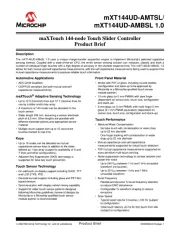
10 Juni 2025
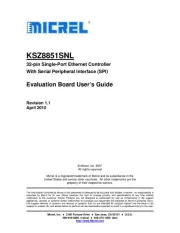
9 Juni 2025

9 Juni 2025
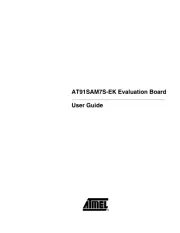
9 Juni 2025
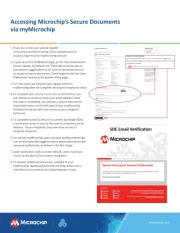
9 Juni 2025

9 Juni 2025

9 Juni 2025

9 Juni 2025

9 Juni 2025
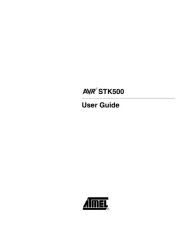
9 Juni 2025
Bedienungsanleitung Nicht kategorisiert
- Sunding
- TrueLife
- Hotpoint
- Cadac
- Deltronic
- RCS
- Anex
- Ground Zero
- Think Tank
- Datacolor
- Powertec
- Plantronics
- Yongnuo
- Tsakalis AudioWorks
- Omron
Neueste Bedienungsanleitung für -Kategorien-

16 Juni 2025

16 Juni 2025

16 Juni 2025
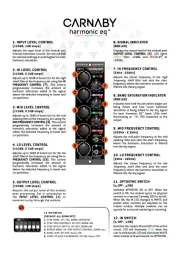
16 Juni 2025

16 Juni 2025
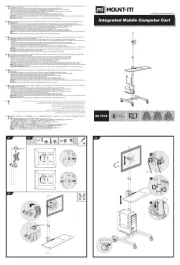
16 Juni 2025

16 Juni 2025

16 Juni 2025
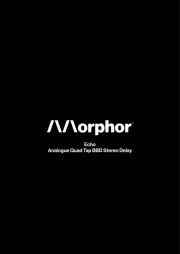
16 Juni 2025

16 Juni 2025